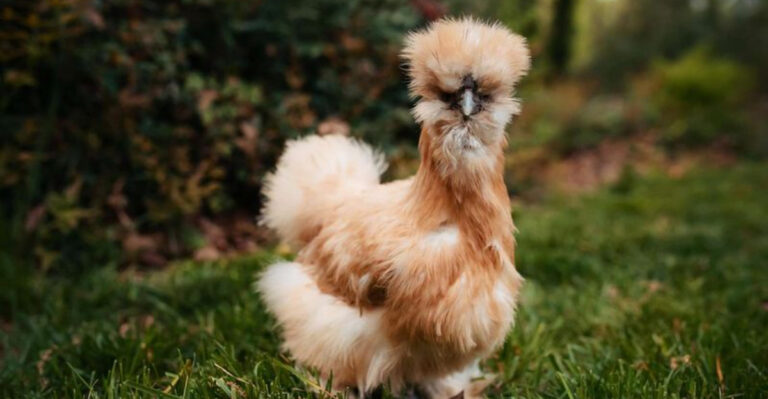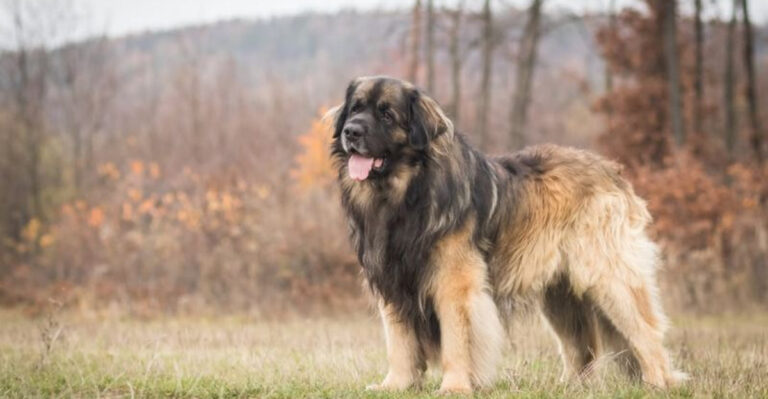12 Signs Your Dog May Be More Anxious Than You Think
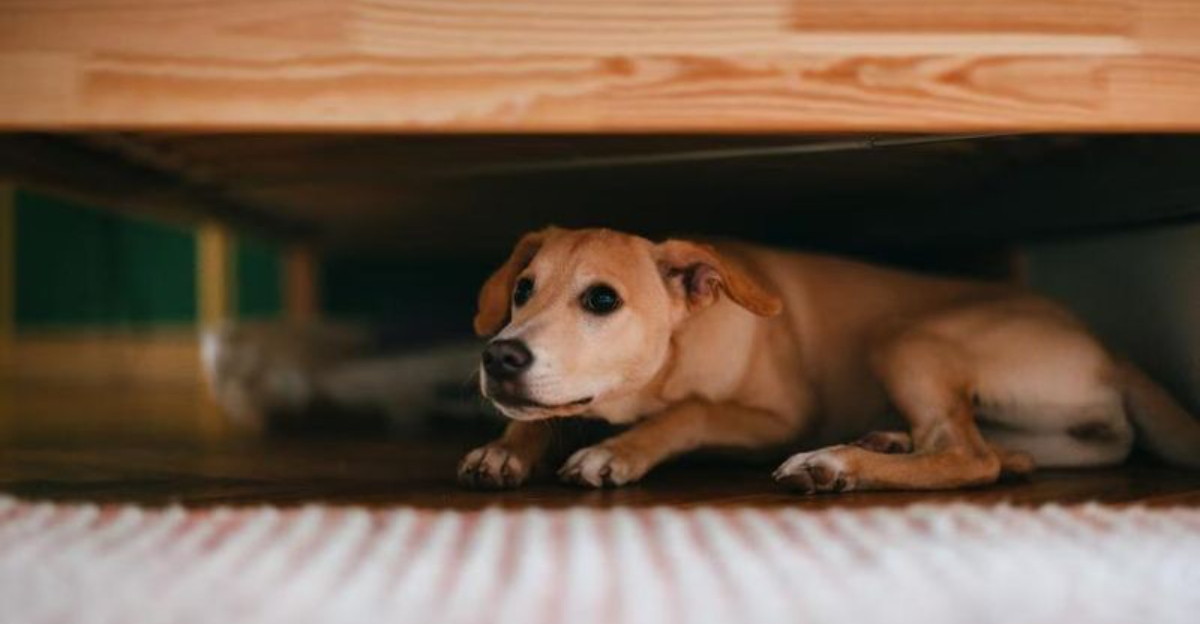
Have you ever noticed your furry friend acting a bit strange? Dogs can’t tell us when they’re feeling stressed, but they show it through their behavior.
Understanding these signals can help you support your anxious pup before small issues become bigger problems. Let’s look at some common signs that your dog might be dealing with more anxiety than you realize.
1. Excessive Barking Or Whining
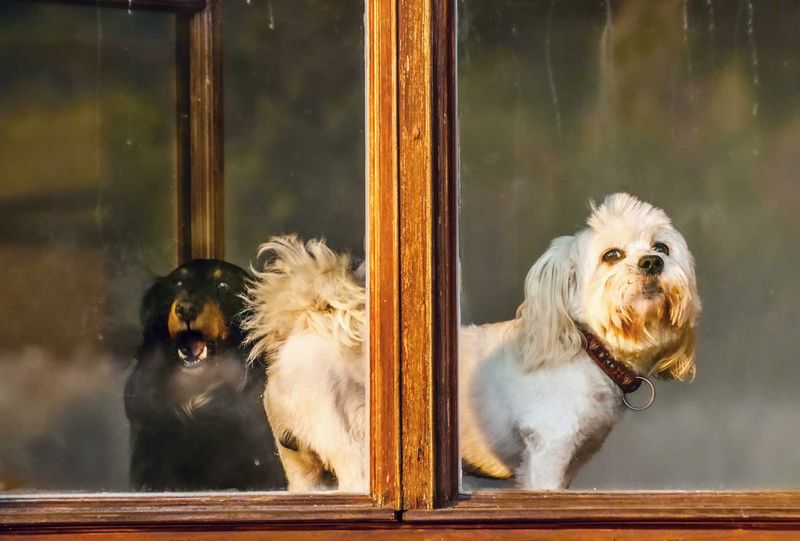
Your normally quiet pup suddenly won’t stop making noise, especially when you leave the house. This vocal outburst isn’t just attention-seeking—it’s a cry for help.
Dogs use barking and whining as their emergency broadcast system when feeling unsafe or overwhelmed. Their vocalizations are literally saying, “Something’s wrong, and I don’t know how to handle it!”
2. Pacing Or Restlessness

Fido can’t seem to settle down, walking back and forth like he’s waiting for important news. That constant movement isn’t random—it’s anxiety in motion.
Think of pacing as your dog’s version of nervous fidgeting. Their body is trying to burn off stress hormones while their mind races with worry, making relaxation impossible even when they’re physically exhausted.
3. Destructive Behavior

Coming home to shredded pillows or chewed door frames isn’t just bad behavior. Your dog isn’t being spiteful—they’re desperately coping with overwhelming emotions.
Chewing and destroying releases endorphins that temporarily calm an anxious mind. For many dogs, it’s like stress-eating or nail-biting in humans—a physical outlet for psychological discomfort they can’t otherwise express.
4. Excessive Drooling

Suddenly finding puddles of drool when your dog isn’t eating? This unexpected moisture factory might signal serious stress.
The same fight-or-flight response that makes humans sweat causes dogs to drool excessively. Their bodies are physically preparing for a threat, even if that threat is just the sound of fireworks or an approaching thunderstorm.
5. Shaking Or Trembling
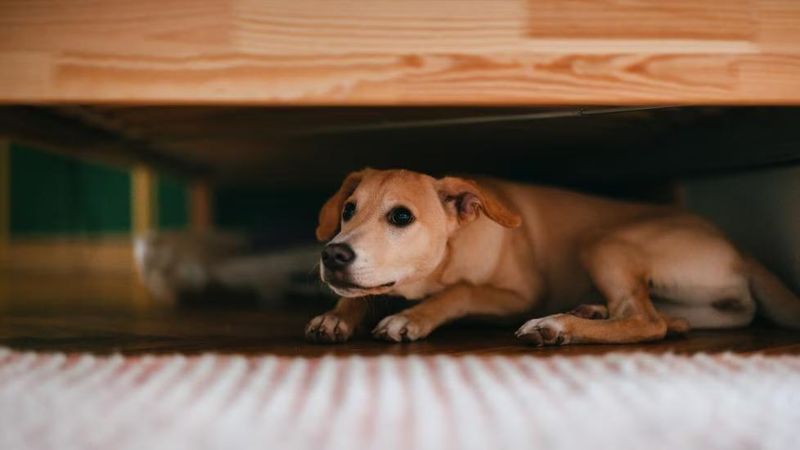
Those mysterious trembles when it’s perfectly warm inside aren’t because your pup is cold. Shaking can be your dog’s body physically manifesting their mental distress.
Similar to humans who shake during panic attacks, dogs’ muscles tense and release rapidly during anxiety episodes. This involuntary response happens as stress hormones flood their system, preparing them to face or flee from perceived danger.
6. Changes In Appetite

Yesterday your dog inhaled dinner in seconds flat. Today the bowl sits untouched for hours. These appetite swings aren’t pickiness—they’re stress signals.
Anxiety affects dogs’ digestive systems just like ours. Some stress-eat for comfort while others lose all interest in food. Watch for patterns connecting these changes to specific triggers like thunderstorms, visitors, or being left alone.
7. Hiding Or Seeking Isolation
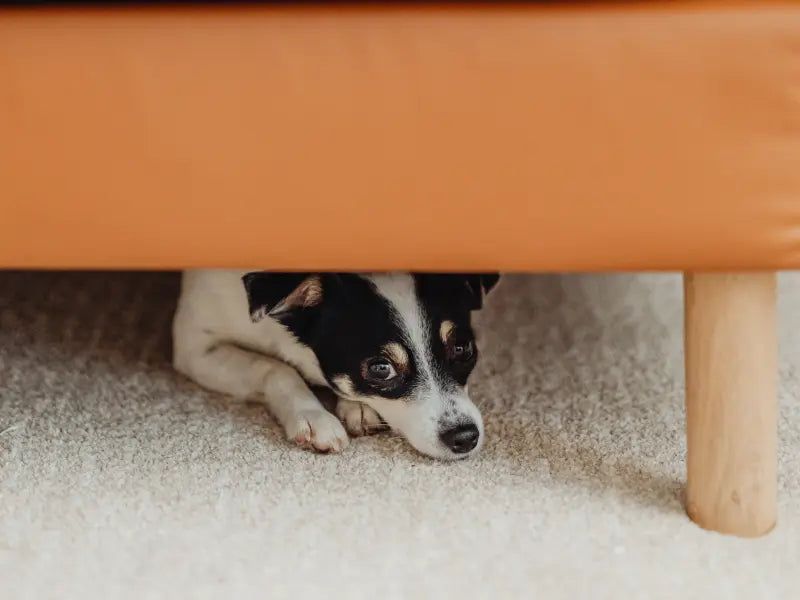
Finding your social butterfly suddenly wedged behind the toilet or under the bed? Their new hideaway habit speaks volumes about their emotional state.
Retreating to dark, enclosed spaces makes anxious dogs feel protected from whatever’s triggering their fear. This den-seeking behavior taps into their ancestral instincts—finding safety in small spaces where predators (or in modern times, stressors) can’t reach them.
8. Excessive Grooming Or Licking

That constant licking has created a raw, hairless spot on your dog’s paw. Self-grooming gone overboard isn’t about cleanliness—it’s self-medication for anxiety.
Licking releases endorphins that temporarily soothe your dog’s stressed-out brain. Unfortunately, this coping mechanism often becomes compulsive, creating painful hot spots or bald patches while the underlying anxiety remains unaddressed.
9. Avoidance Of Certain Situations Or People
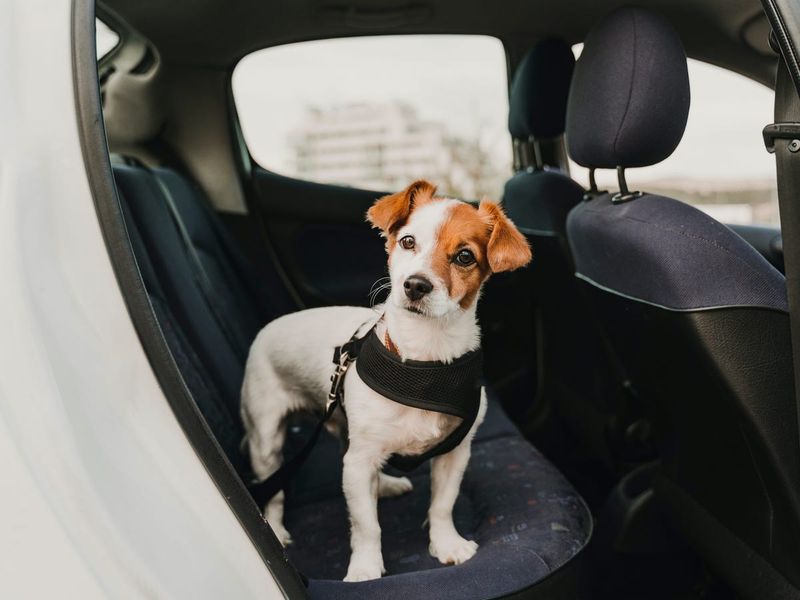
Remember how your dog used to love car rides? Now they hide when you grab the keys. This sudden aversion isn’t random—it’s anxiety speaking loud and clear.
Dogs develop specific fears based on negative experiences. Your pup might associate certain places, sounds, or people with past discomfort. Their avoidance is self-preservation, not stubbornness or disobedience.
10. Tail Between The Legs Or Cowering
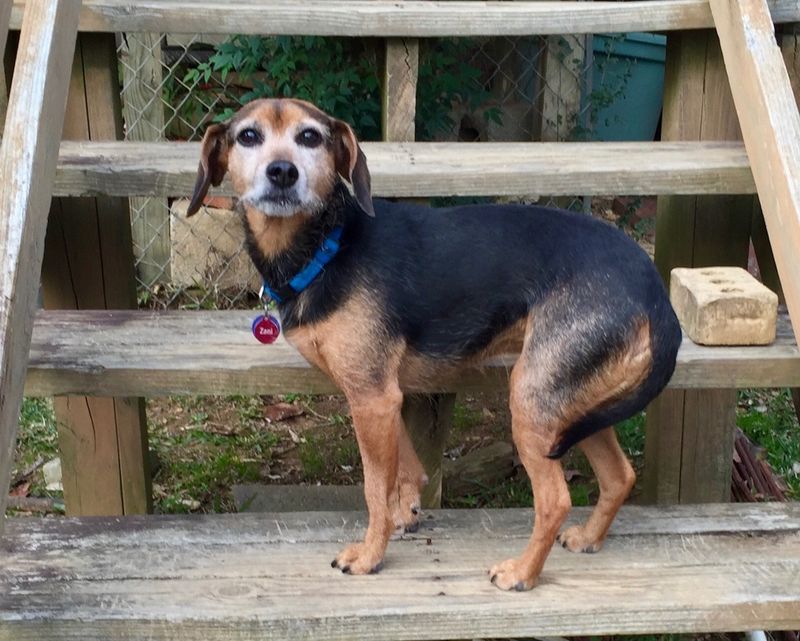
Your pup’s hunched posture and tucked tail aren’t just submission—they’re broadcasting fear loud and clear. This body language is an anxiety billboard you shouldn’t ignore.
When dogs make themselves physically smaller, they’re trying to appear non-threatening to whatever scares them. It’s an instinctive response saying, “I’m harmless, please don’t hurt me,” even when there’s no actual danger present.
11. Panting Or Heavy Breathing

Heavy breathing when your dog hasn’t exercised isn’t normal—it’s their body’s stress response in overdrive. Those rapid breaths reveal their nervous system’s distress signals.
Anxiety triggers your dog’s sympathetic nervous system, causing increased heart rate and breathing. It’s like they’ve run a marathon even while sitting still. In veterinary waiting rooms or during thunderstorms, this breathing pattern often appears alongside other anxiety symptoms.
12. Unexplained Accidents In The House

Finding puddles from your perfectly house-trained dog? Those mysterious accidents often have an emotional, not physical, cause.
Anxiety can override years of potty training as stress hormones affect bladder control. Your dog isn’t being spiteful or forgetting rules—their body is literally responding to fear. These accidents frequently happen during thunderstorms, fireworks, or separation anxiety episodes.


